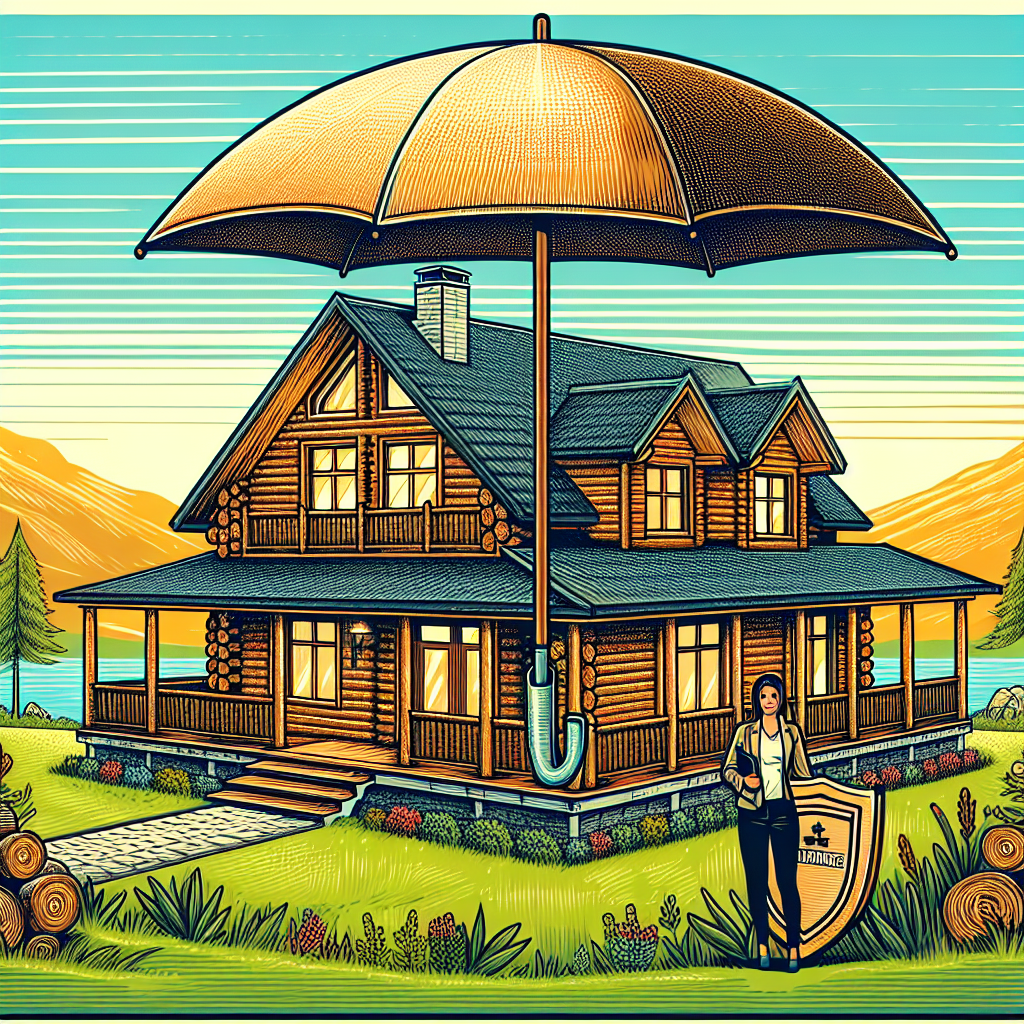Filed under Home Insurance on
Understanding Dwelling Coverage in Home Insurance Plans

When owning a home, protecting your investment is crucial. One of the foundational elements of safeguarding your property is understanding the components of your home insurance plan. Among these components, dwelling coverage stands out as particularly vital. Yet, despite its importance, many homeowners find themselves unclear about what dwelling coverage actually entails. This comprehensive guide will demystify dwelling coverage, providing you with the insights necessary to make informed decisions about your home insurance portfolio.
What is Dwelling Coverage?
Dwelling coverage, sometimes referred to as Coverage A in insurance jargon, is the portion of your home insurance policy that covers the physical structure of your home. This includes walls, roofs, floors, and built-in appliances. In the event of perils such as fire, windstorms, hail, or vandalism, dwelling coverage provides the financial means to repair or rebuild your home.
Key Components of Dwelling Coverage
- Structure Protection: This includes the house's walls, roof, and foundation. Materials like wood, brick, or siding used in construction are covered under this protection.
- Attached Structures: Dwelling coverage isn’t limited to the main living space but also encompasses attachments, such as garages, decks, or porches.
- Permanent Fixtures: Built-in appliances, certain lighting, and plumbing systems fall under dwelling coverage due to their permanence.
Importance of Dwelling Coverage in Home Insurance
The financial burden that results from unforeseen home damage can be overwhelming. With robust dwelling coverage, homeowners can mitigate the risk of significant out-of-pocket expenses, securing their financial stability.
Key Benefits
- Financial Security: In cases of severe damage, such as natural disasters, dwelling coverage ensures that you have the necessary funds to restore your home to its original condition.
- Peace of Mind: Knowing that your dwelling coverage policy is in place allows homeowners to live without the looming fear of accruing insurmountable repair costs.
Commonly Covered Perils
Dwelling coverage typically covers a range of risks, ensuring that homeowners are protected against diverse threats.
Standard Perils
- Fire and Smoke: Damage from fires and smoke damage following a fire are universally covered by dwelling insurance policies.
- Windstorms and Hail: This includes damage from tornadoes and thunderstorms that may lead to roof or structural damage.
- Vandalism: Damage caused by intentional acts of destruction or vandalism falls under dwelling coverage.
Understanding the Exclusions
While dwelling coverage is comprehensive, there are notable exclusions. It's critical to recognize these to avoid unexpected coverage gaps.
- Floods: Damage from floods is typically excluded, necessitating separate flood insurance.
- Earthquakes: Like floods, earthquakes require additional insurance policies since they are not covered under standard dwelling coverage.
- Wear and Tear: Everyday wear and aging of home elements are not covered.
Calculating Adequate Dwelling Coverage
Determining the right amount of dwelling coverage requires more than simply estimating your home’s market value. The focus should be on the cost of rebuilding the property from scratch, known as the replacement cost.
Steps to Evaluate Dwelling Coverage Needs
- Professional Assessment: Hire a professional to evaluate the current construction costs and potential rebuilding expenses.
- Consider Home Features: Custom features or luxury finishes can dramatically affect the rebuilding costs, impacting necessary coverage.
- Regular Updates: As construction costs fluctuate, periodically revisiting and updating your coverage ensures continued adequacy.
Industry Trends Impacting Dwelling Coverage
Construction Costs and Inflation
Recent industry trends indicate a steady rise in construction costs, driven by inflation and supply chain challenges. This trend significantly impacts dwelling coverage, requiring homeowners to reassess their policies regularly to ensure adequate protection.
Technological Integration
Technological advancements are reshaping how insurers assess risk and determine premiums. Smart home devices and advanced building techniques can affect the dwelling coverage landscape, potentially offering discounts or altering policy requirements.
Expert Opinions on Optimizing Dwelling Coverage
Industry experts recommend maintaining a proactive stance on dwelling coverage management. Regular reviews and staying informed about local construction costs are vital steps.
Seek Professional Advice
Consulting with an insurance broker or agent can offer personalized insights, helping you tailor your coverage based on unique needs and local trends.
Adjusting Your Policy for Optimal Protection
Adjustments to dwelling coverage should reflect changes in the housing market and personal circumstances. Proactive policy management ensures continued alignment with current and future needs.
Endorsements and Riders
- Adding Flood and Earthquake Coverage: Consider supplemental policies to close coverage gaps, ensuring comprehensive protection.
- Inflation Guard Endorsement: This automatically adjusts your dwelling coverage limits in response to inflation fluctuations, preserving adequate protection.
Conclusion
Understanding dwelling coverage within your home insurance plan is not just about safeguarding your home but securing peace of mind and financial stability. By recognizing the scope and limitations of dwelling coverage, evaluating adequate limits, and staying updated with industry trends, homeowners can effectively protect their most significant asset. Take proactive steps today to ensure that your dwelling coverage is well-suited to meet both current needs and future uncertainties, ensuring your home remains a safe haven for years to come.





